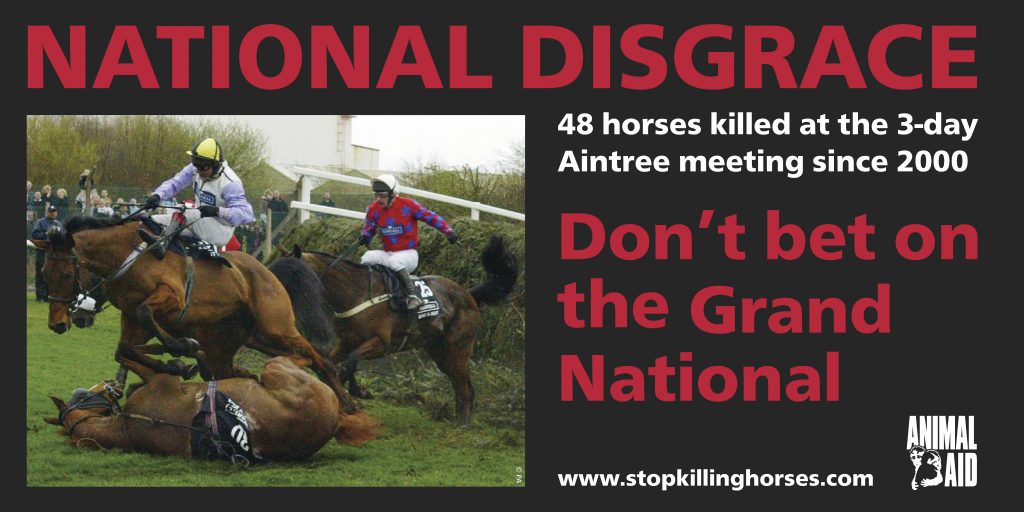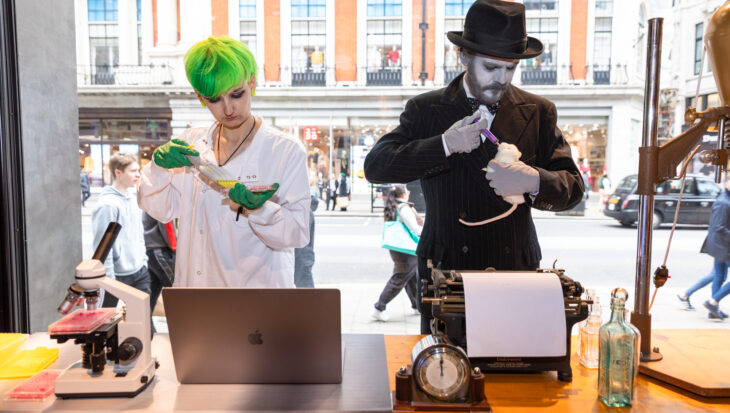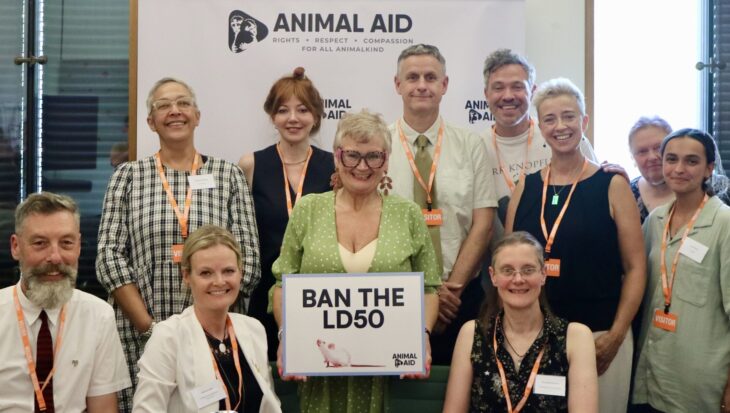Last year’s Aintree Grand National Meeting (2016) was the most deadly this century. Six horses died as a result of the three days of racing. Despite the authorities stating the race itself is getting safer, the reality is that the Grand National Course remains a significant killer of horses. Four of the six victims perished on the Grand National Course; the worst total since before the year 2000. The two other victims died as a result of racing on Aintree’s Mildmay course.

Aintree’s Grand National Course Victims
- Gullinbursti – fell and broke his neck
- Minella Reception – he fell and was killed
- Marasonnien – he collapsed and died
- Clonbanan Lad – he collapsed and died
Aintree’s Mildmay Course Victims
- Kings Palace – he was pulled up injured, and was destroyed
- Arzal – destroyed off the course due to an injury from his race
Despite recent changes to the Grand National Course – in an attempt to diminish public disquiet – it continues to be emblematic of its notorious past as the most searching test of the thoroughbred race horse. There are sixteen inimitable and exceptionally tough fences to contend with, fourteen of which are often jumped in races more than once. The pace of the races is usually frantic and many horses carry very heavy weights over exhausting distances.
The Mildmay is a sharp and fast course with stiff (hard) fences, and hurdles that come quickly upon the runners.
Says Animal Aid’s Horse Racing Consultant, Dene Stansall:
‘Animal Aid believes that there are significant factors that contribute to equine death and injury at Aintree – which has seen 48 fatalities who have fallen victim to the testing race conditions since the year 2000 at the annual three-day festival. It remains, however, the responsibility of the racecourse, which is owned by The Jockey Club, and racing’s regulator, the British Horseracing Authority, to resolve what is a major animal welfare issue.’
Notes to Editors:
- For more information, contact Dene Stansall, Fiona Pereira or Isobel Hutchinson on 01732 364546
- Animal Aid’s Sanctuary not Cruelty campaign encourages people to donate to a sanctuary caring for horses, rather than to have a bet on the Grand National.
- Watch our film about Hillside Sanctuary, which rescues horses, including ex-race horses
- On 8 April, there will be protests outside Aintree Racecourse in Merseyside and at the offices of the Grand National broadcaster, ITV, in London.


